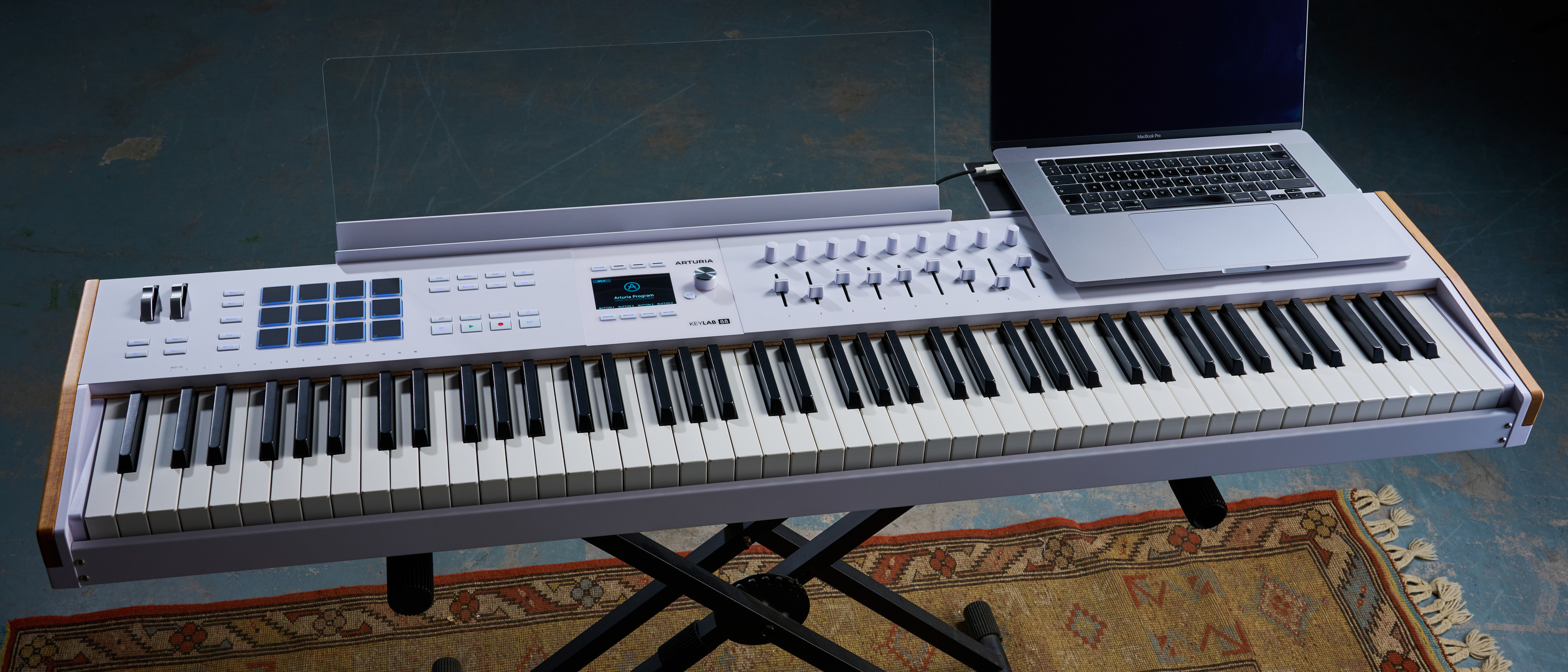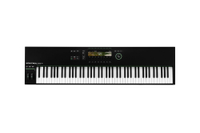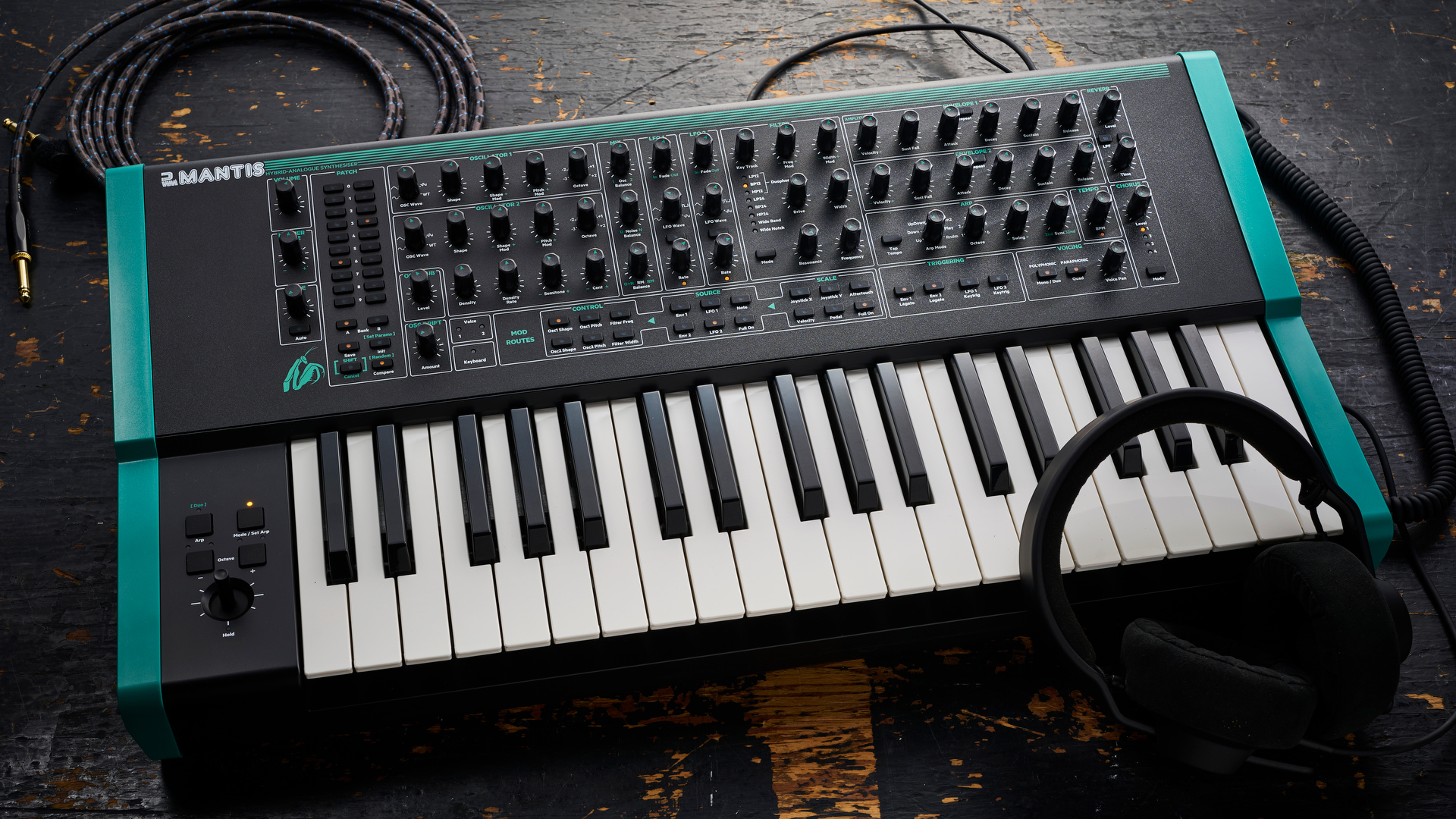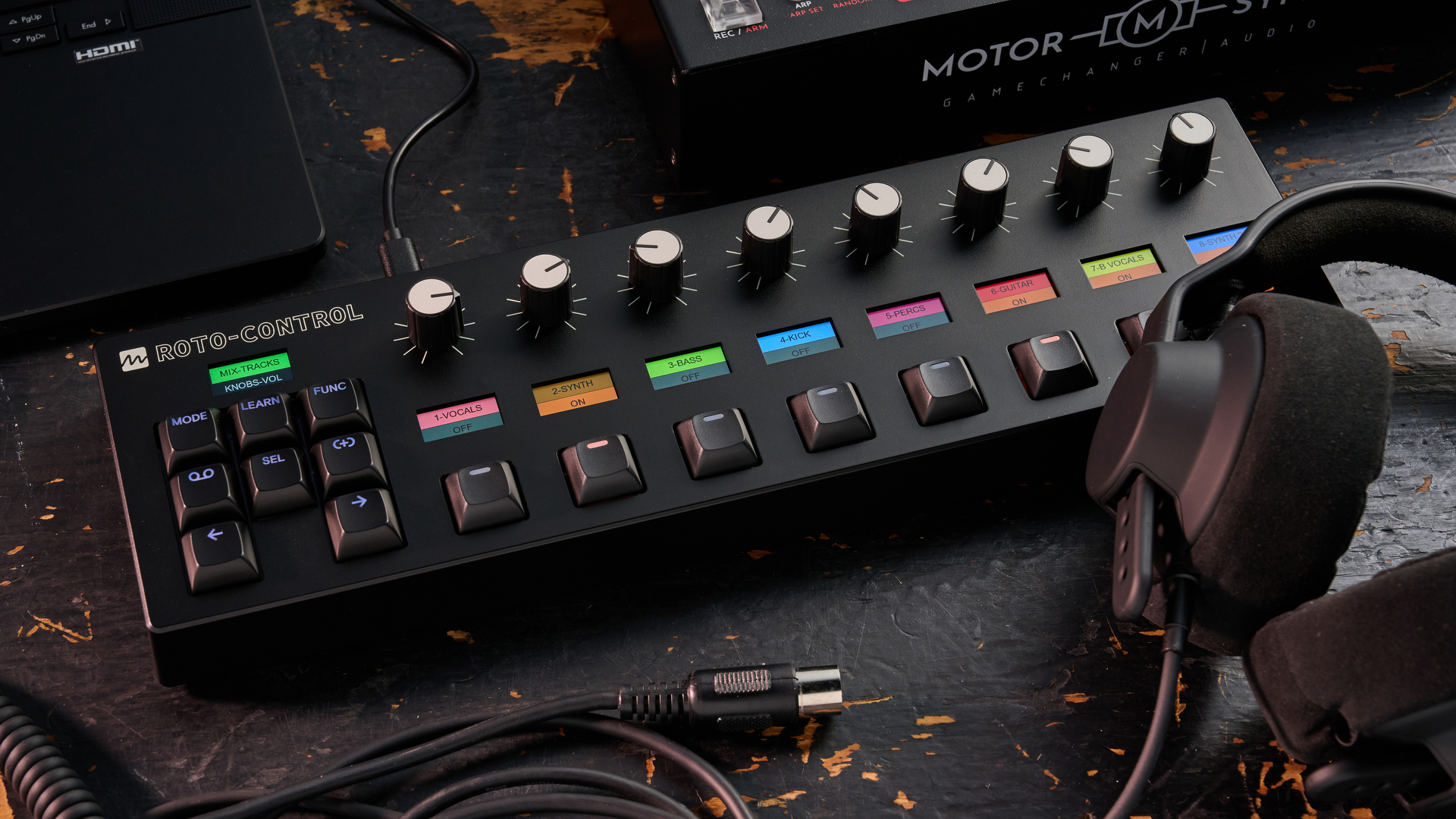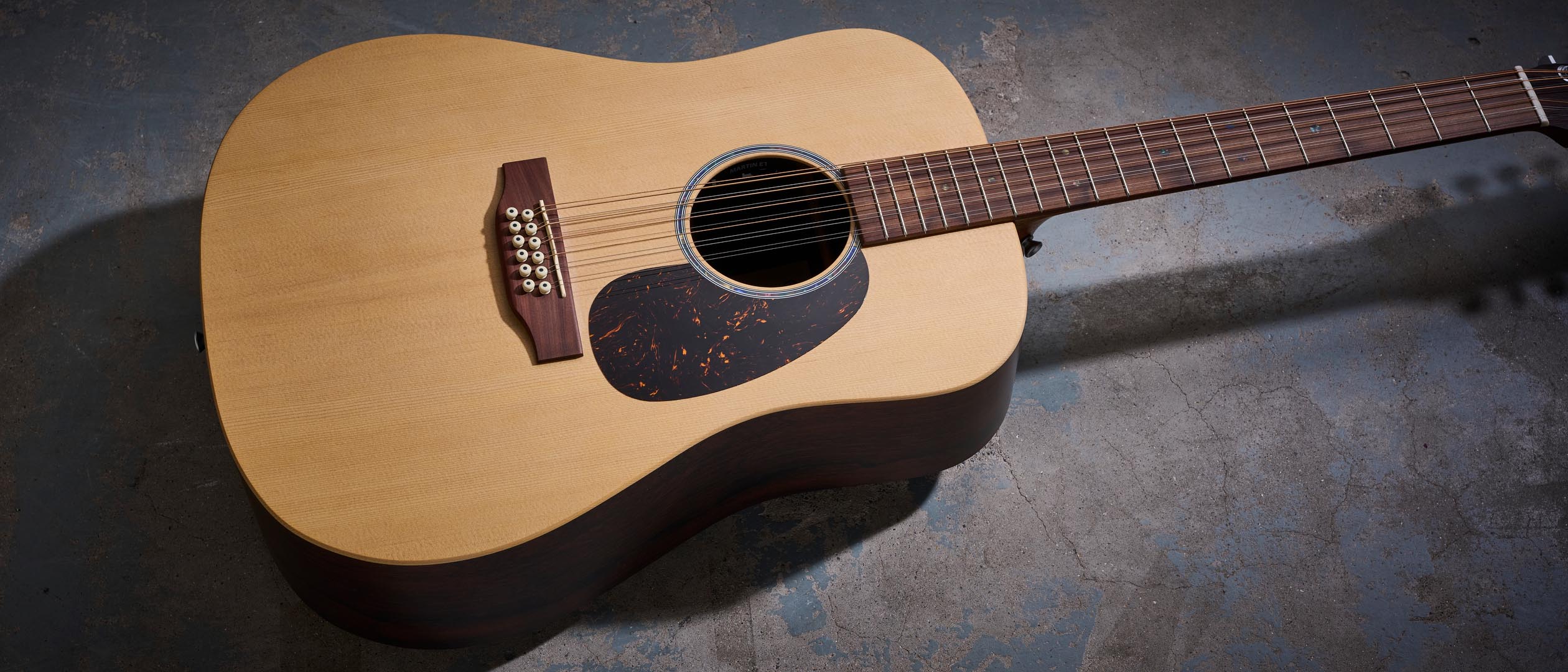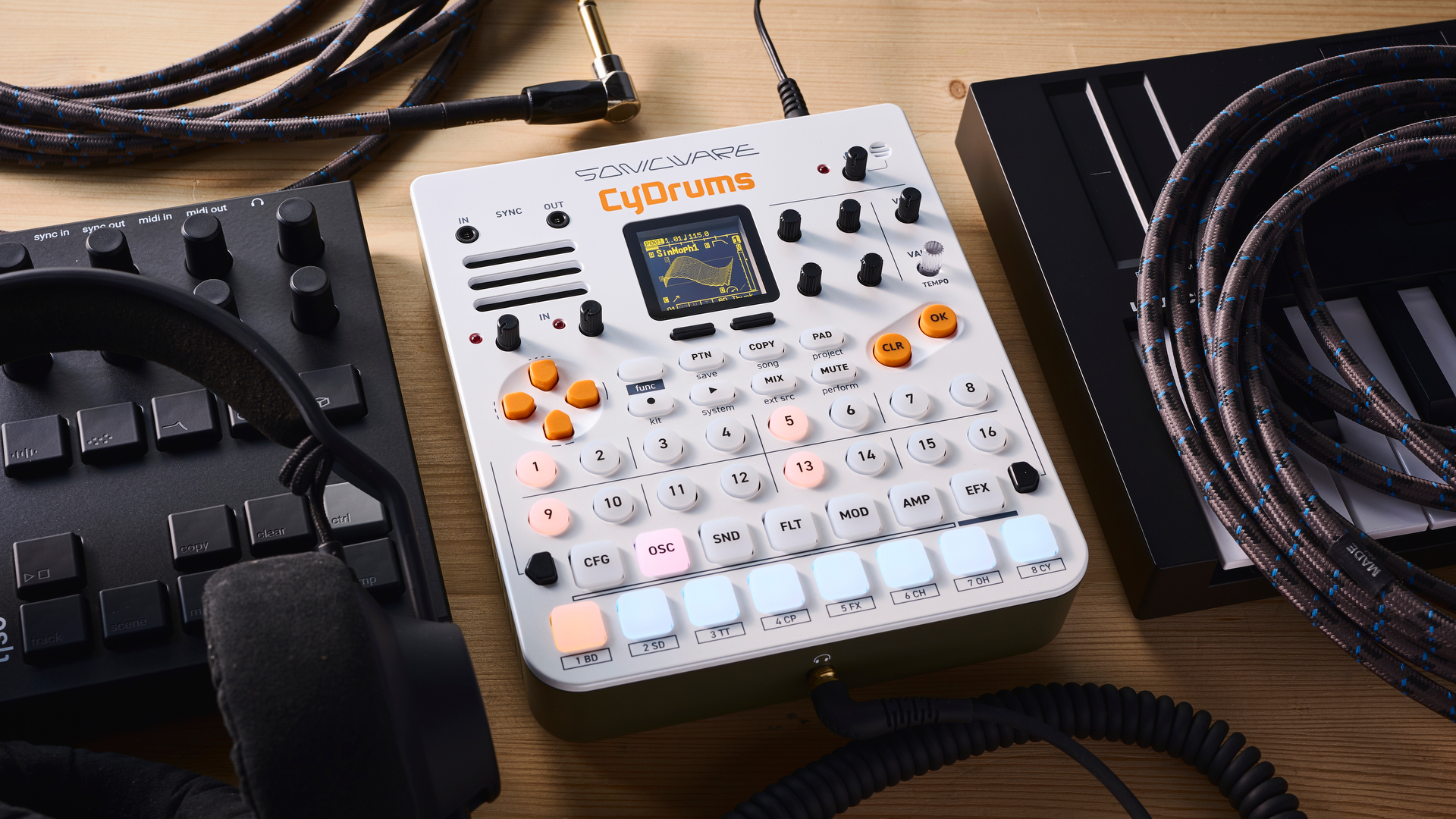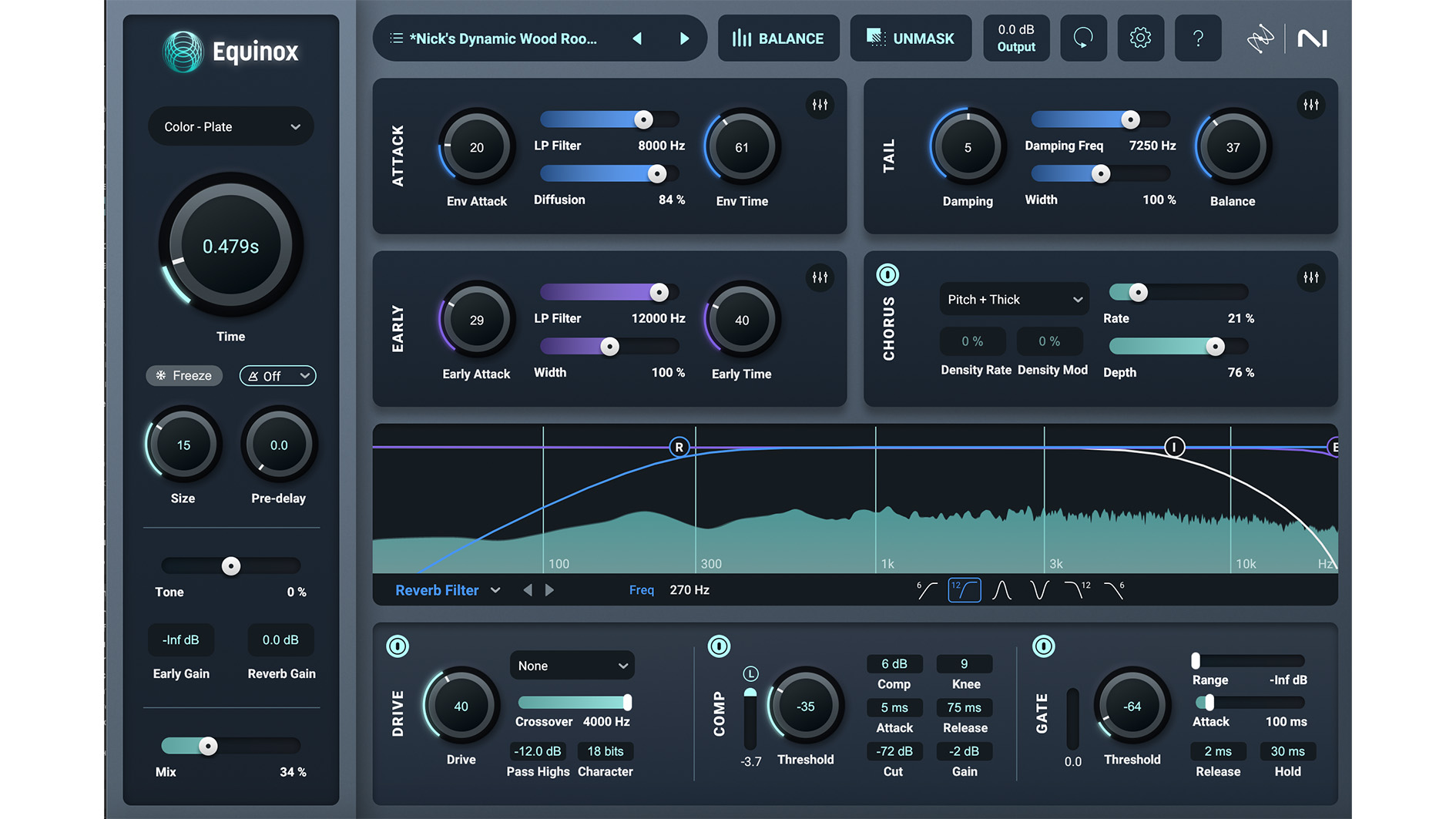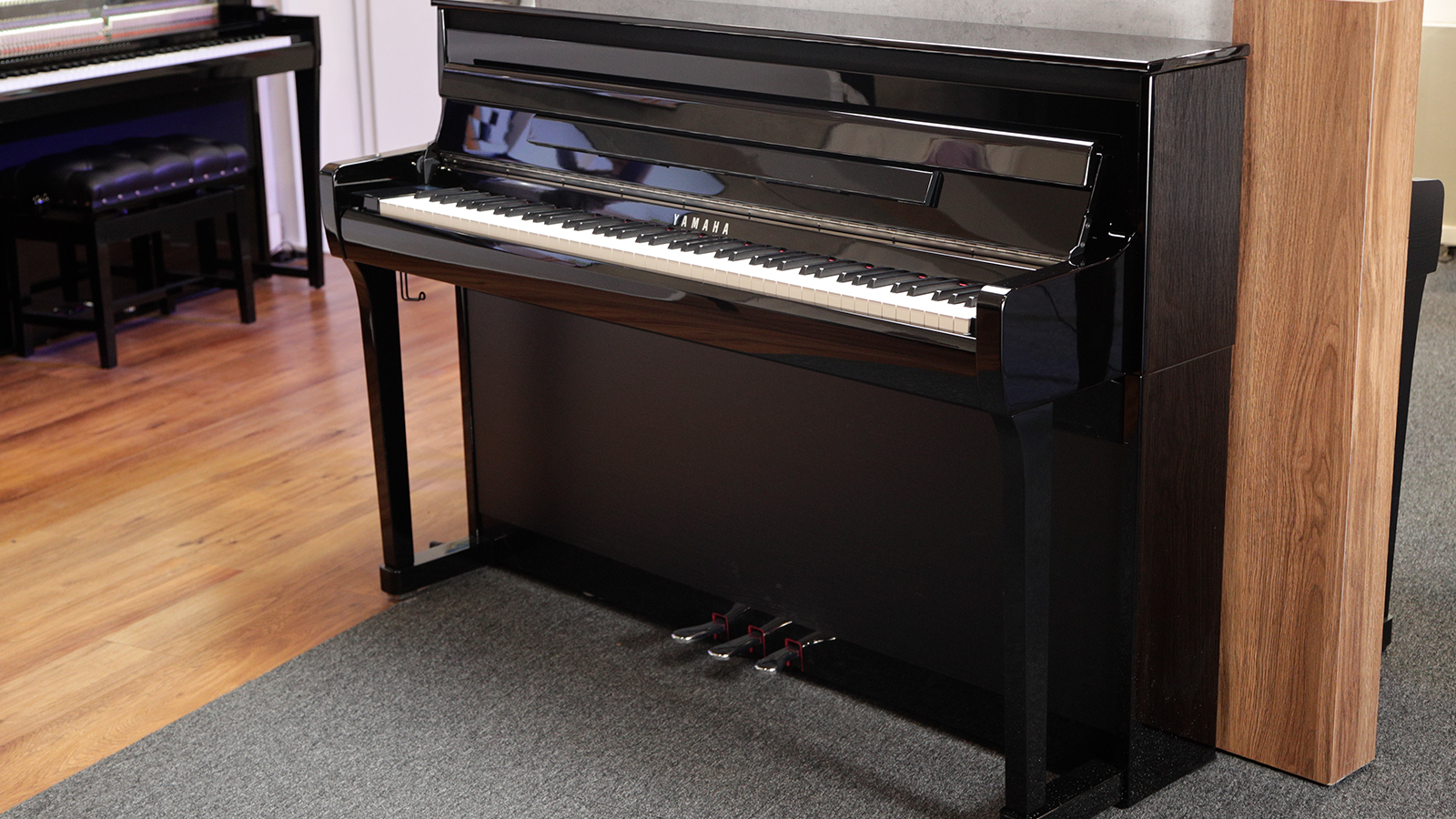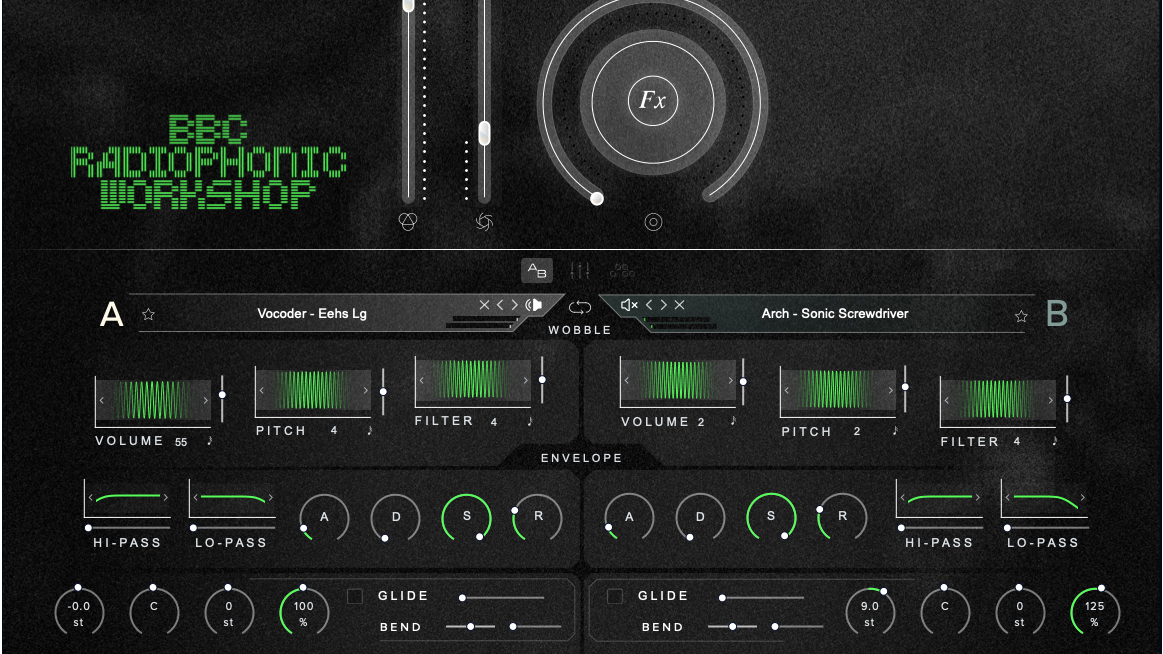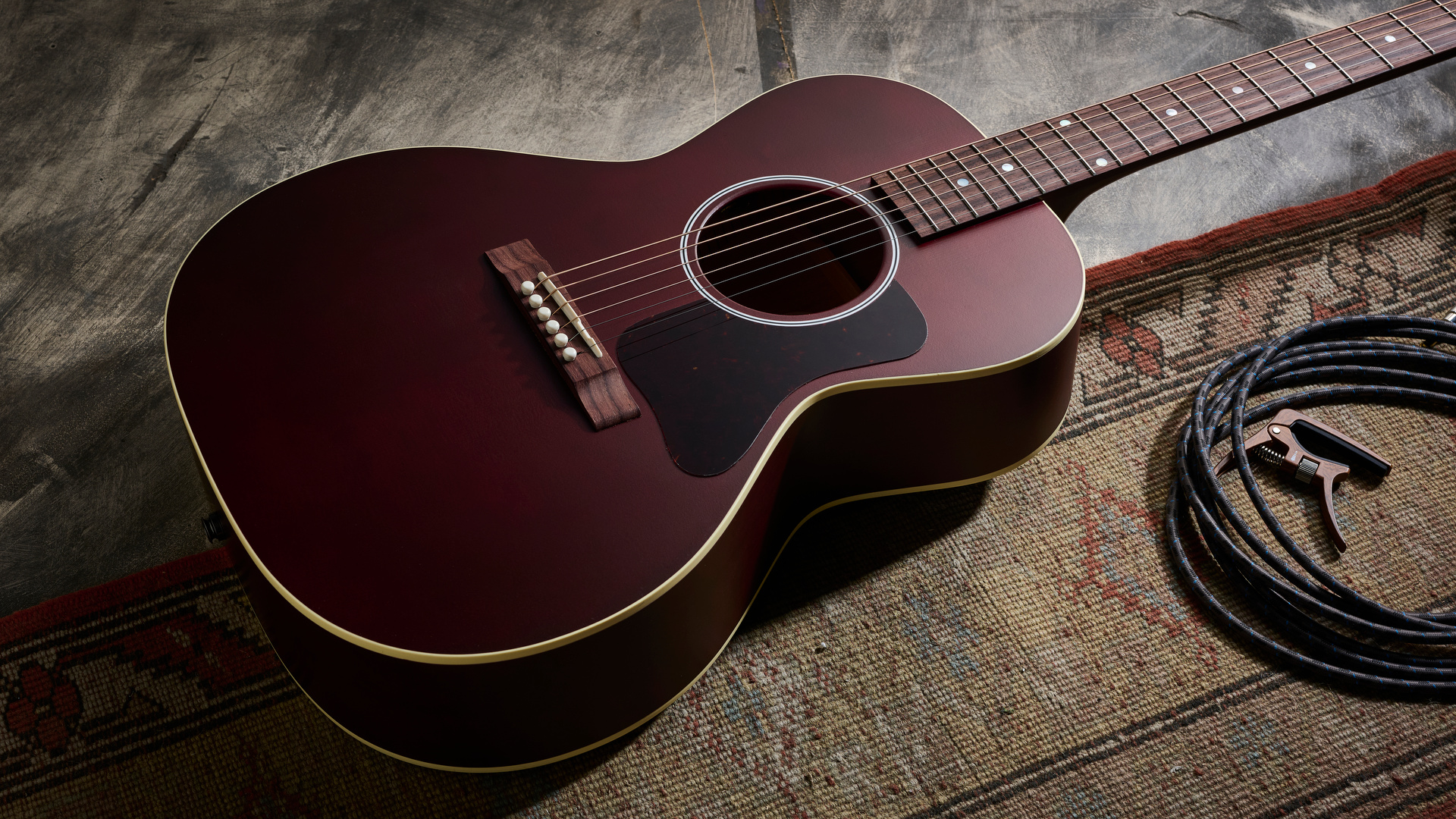MusicRadar Verdict
Arturia’s Keylab 88 Mk3 delivers a streamlined user experience, excellent DAW integration and comes in both black and white. Nevertheless, the star here is the wonderful hammer action keyboard.
Pros
- +
High-quality hammer action keybed with aftertouch.
- +
Solid construction and attractive styling available in black or white.
- +
Excellent integration with script supported DAWs .
- +
Includes sheet music stand and top panel laptop extender.
- +
Onboard and software based customisation.
Cons
- -
Scripts currently not available for some DAWs.
MusicRadar's got your back
What is it?
Owning an 88 key hammer action MIDI controller keyboard is a major commitment. They are large, heavy and typically pretty expensive. However, whether you’re performing keyboards or programming beats, that hammer action is without question a highly seductive experience.
Last year Arturia began the process of upgrading its flagship Keylab controllers to their third version and that process has now reached the 88 key model. Built around the latest Fatar TP/110 hammer-action keybed with aftertouch, and housed in a slick metal case with Arturia embossed wooden end panels, the Keylab 88 Mk3 is a solidly built and stylish unit. It comes in both white and black colour schemes, and further features include a slot-in sheet music stand and top panel laptop extender. Should you want to continue the wooden design detail, it can also accommodate Arturia’s bolt-on wooden legs.
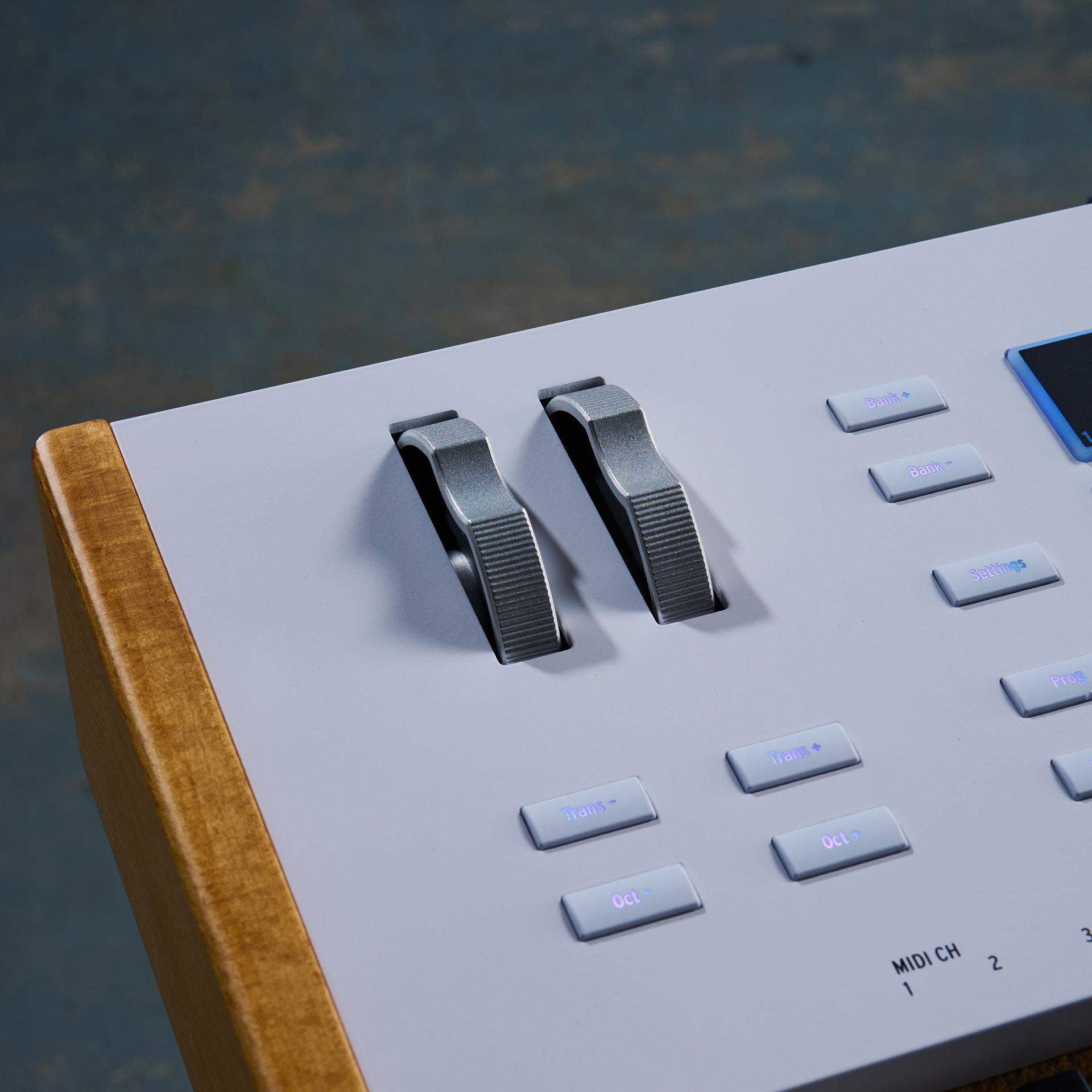
Like other Keylab Mk3s, the Keylab 88 is more streamlined than its predecessor with fewer panel controls. Obvious changes include 12 aftertouch equipped RGB pads (there were 16 on the Mk2), meanwhile less obvious changes include ditching the CV outputs on the back.
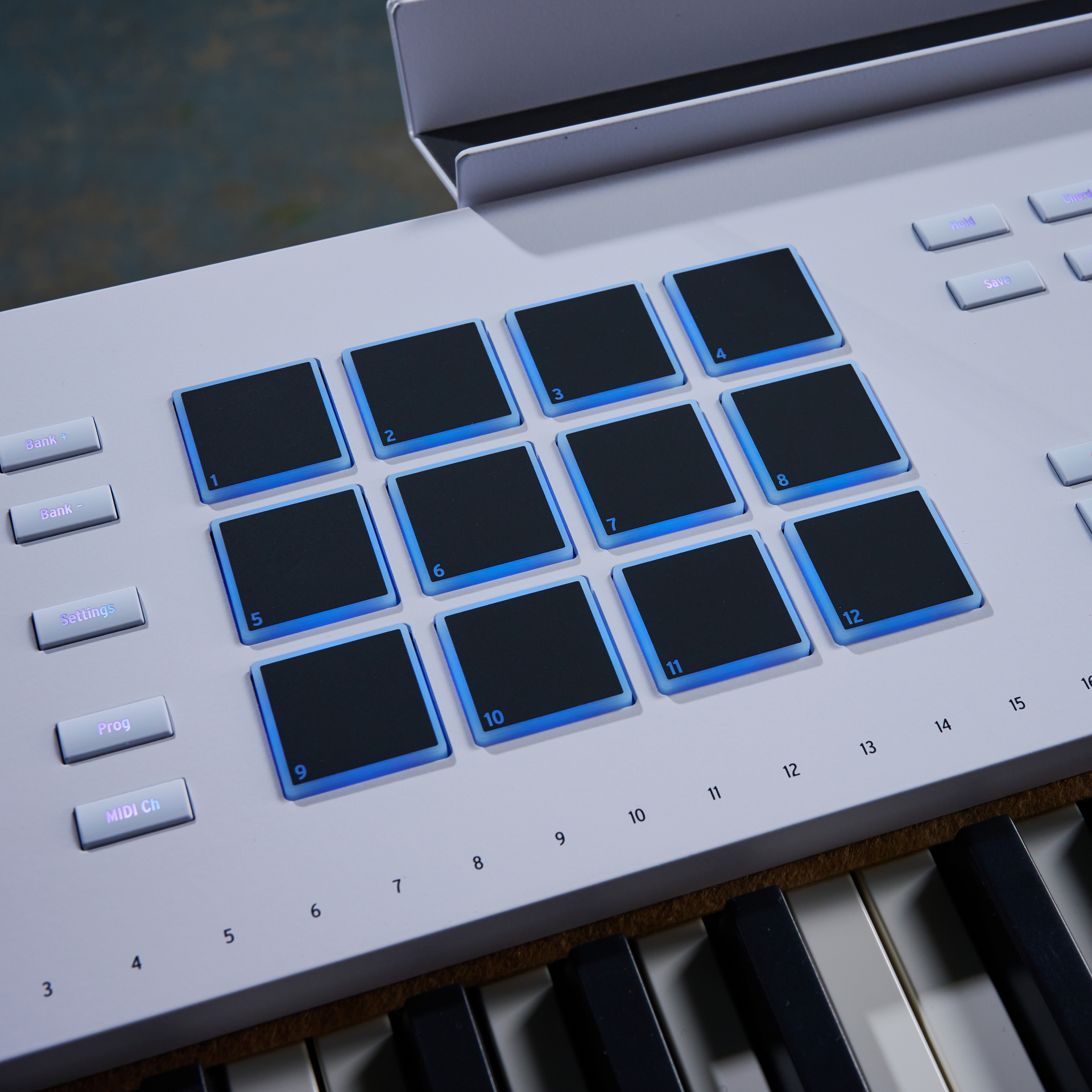
Even so, the feature set is in many ways better suited to contemporary needs, with progress being made in DAW and plugin integration. At the heart of this is a new 3.5” colour screen, as well as dedicated DAW transport controls and touch-sensitive faders and knobs.
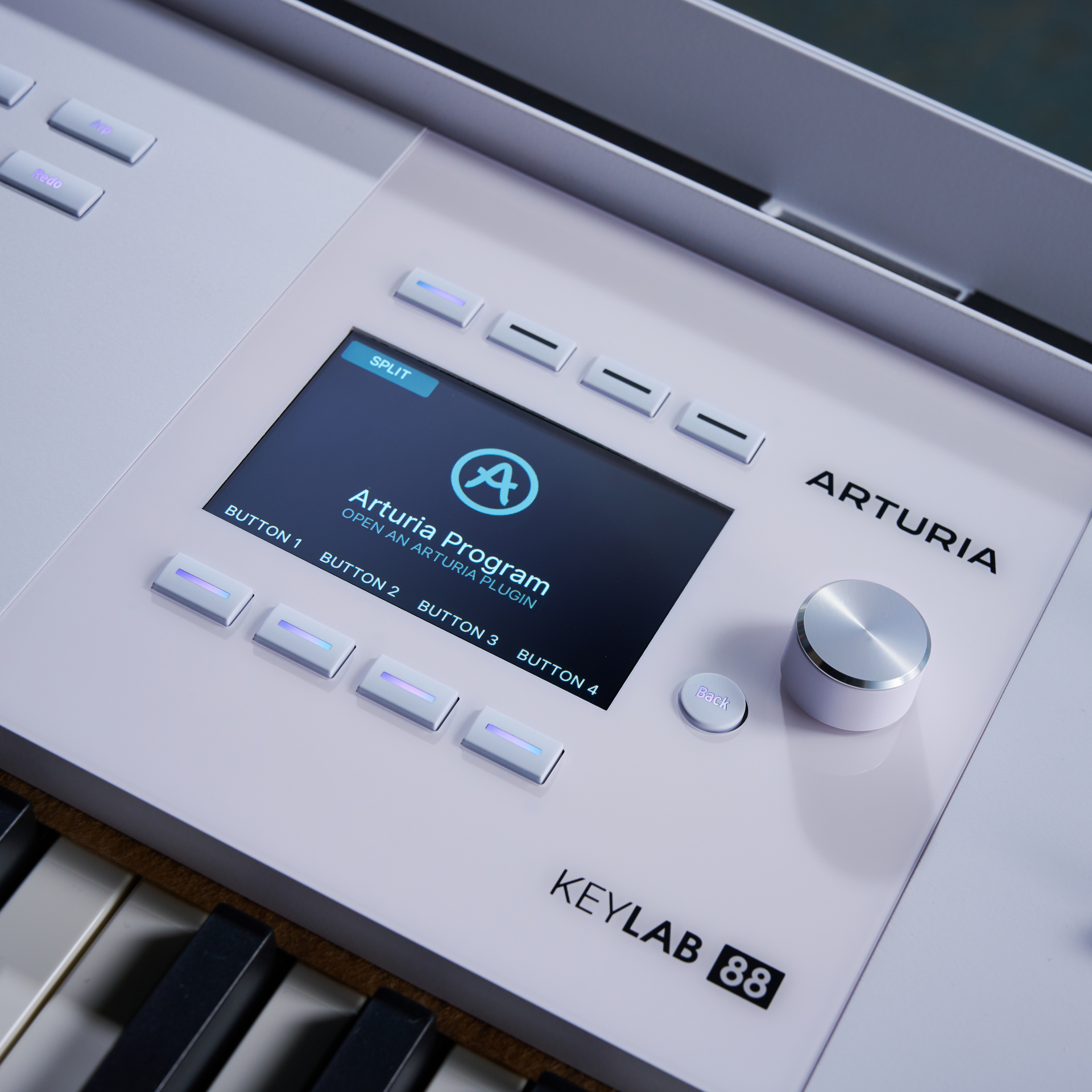
Rounding out the package are bundled Arturia plugins (Mini V, Augmented Strings, Piano V, Rev Plate-140) alongside NI’s The Gentleman, and Analog Lab Pro, which includes over 2,000 sounds. You also get Ableton Live Lite and time-limited subscriptions for Melodics and Loopcloud.
Pricing
- Price: $1,299 | €999 | £839
- Wooden legs €199
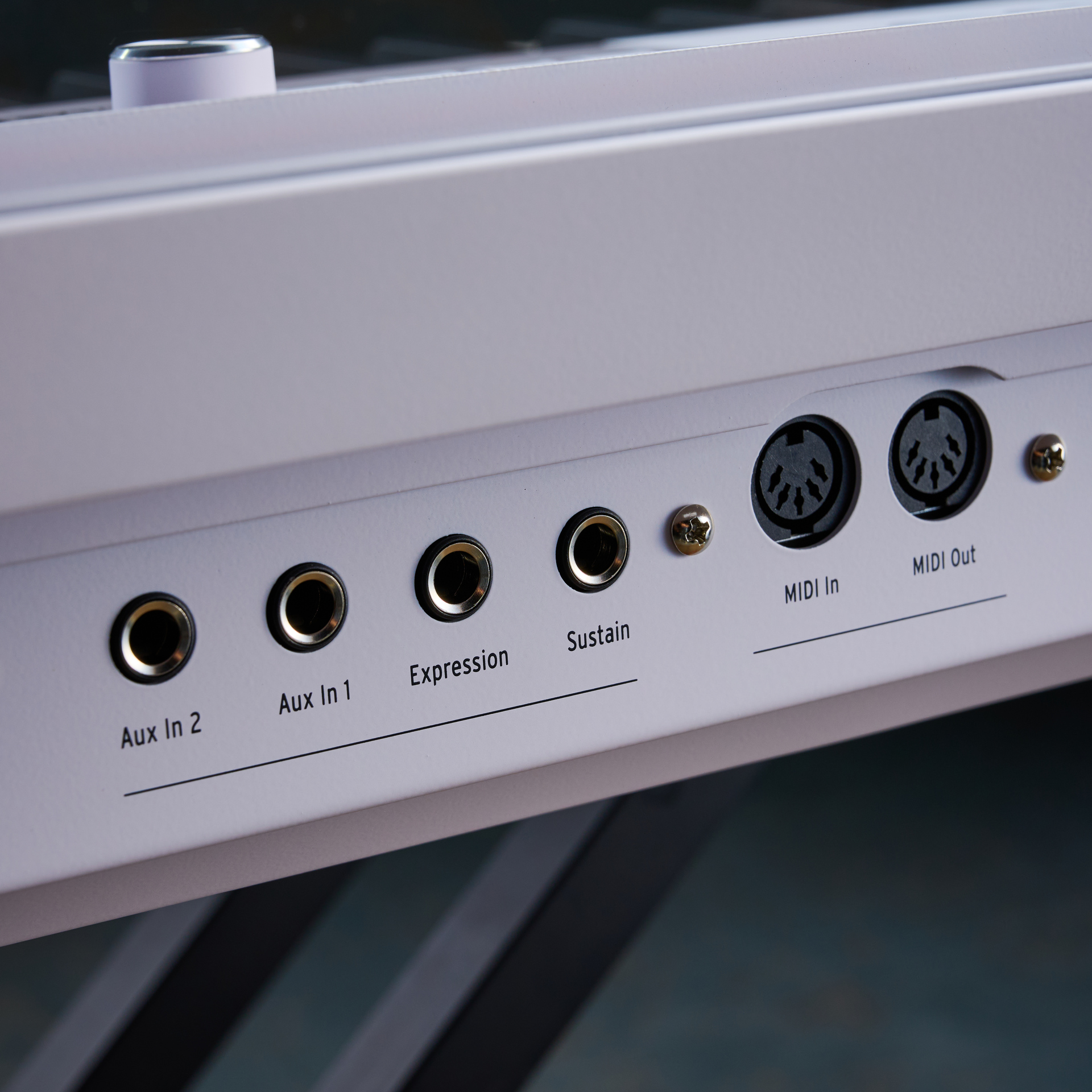
Performance
Keylab 88 Mk3’s keyboard has a great feel with an action that leans slightly towards the heavier side. As you would expect there’s a subtle thump when played harder, but with no other extraneous noises the overall build is reassuringly solid and is a joy to play. It also balances performance and DAW integration features in a manner that’s easy to navigate. Onboard options include 2-part keyboard split, arpeggiator, chord mode with predefined and custom chords, and also scale mode, which is handy if you’re not the greatest player. Much of this is accessed via dedicated buttons. Deeper global settings such as velocity curve, pedal calibration, controller assignments and pad settings including pad colours are accessed via the screen menu. Settings are saved in User presets, which are also editable using Arturia’s MIDI Control Centre desktop app.
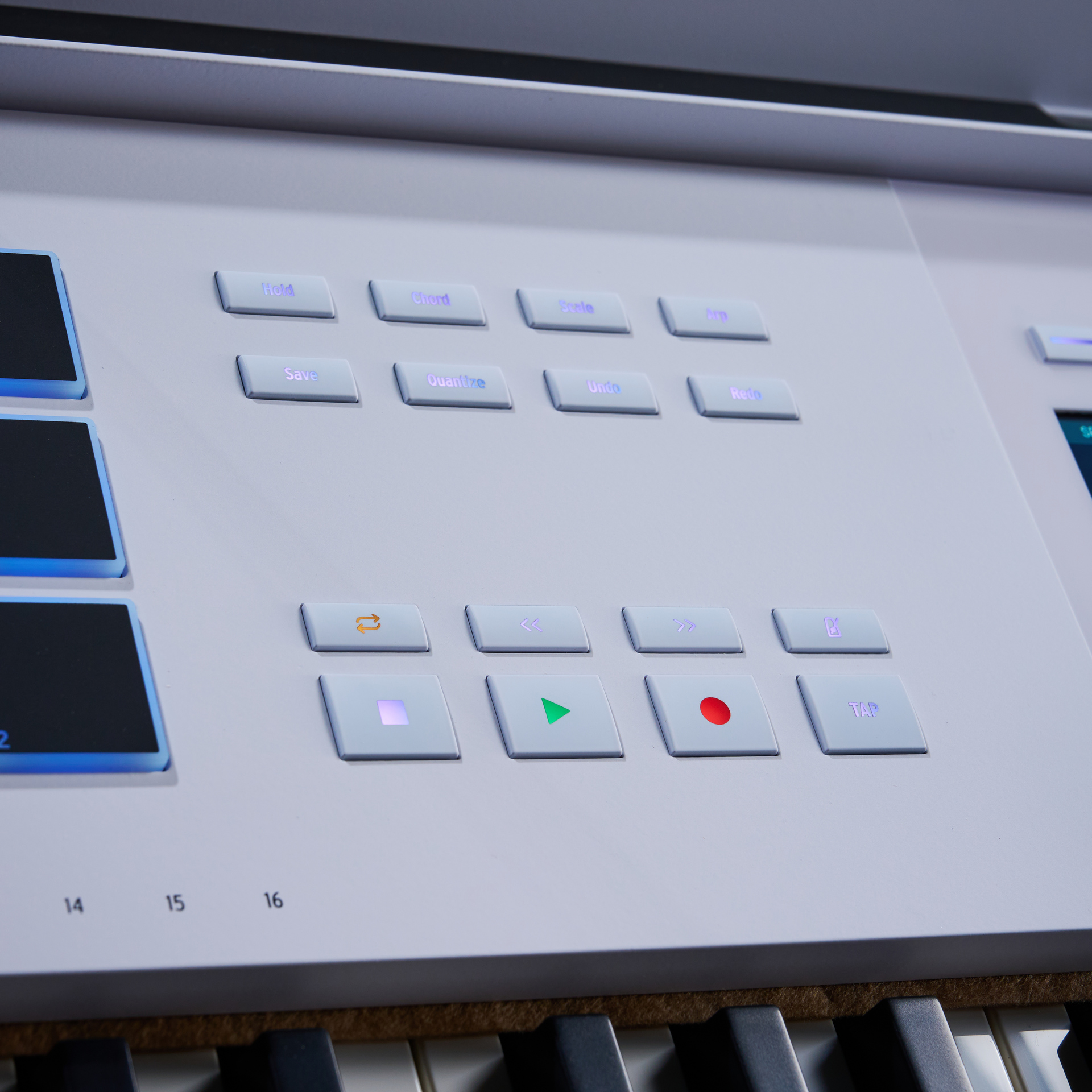
Keylab 88 Mk3 has two further screen selected modes for DAW control – DAW and Arturia. DAW mode supports HUI and MCU protocols, but we think is at its best using the DAW specific scripts, which you install on your desktop. These are currently available for Logic Pro, FL Studio, Cubase, Live and Bitwig. In addition to transport and utility controls, each script delivers DAW specific use of the screen and its contextual buttons as well as pre mapping of Keylab’s encoders to DAW track controls and native DAW instrument parameters. In Logic Pro for example contextual buttons let you switch between track and plugin modes and solo, mute and record arm tracks. In Ableton Live there’s similar use of contextual buttons, plus pads are used for clip launching.
Arturia mode works in conjunction with their Analog Lab platform either in standalone or plugin form, with the encoders and faders matching the visual layout of Analog Lab’s main controls. Meanwhile proper preset browsing and selection is available via Keylab 88 Mk3’s display.
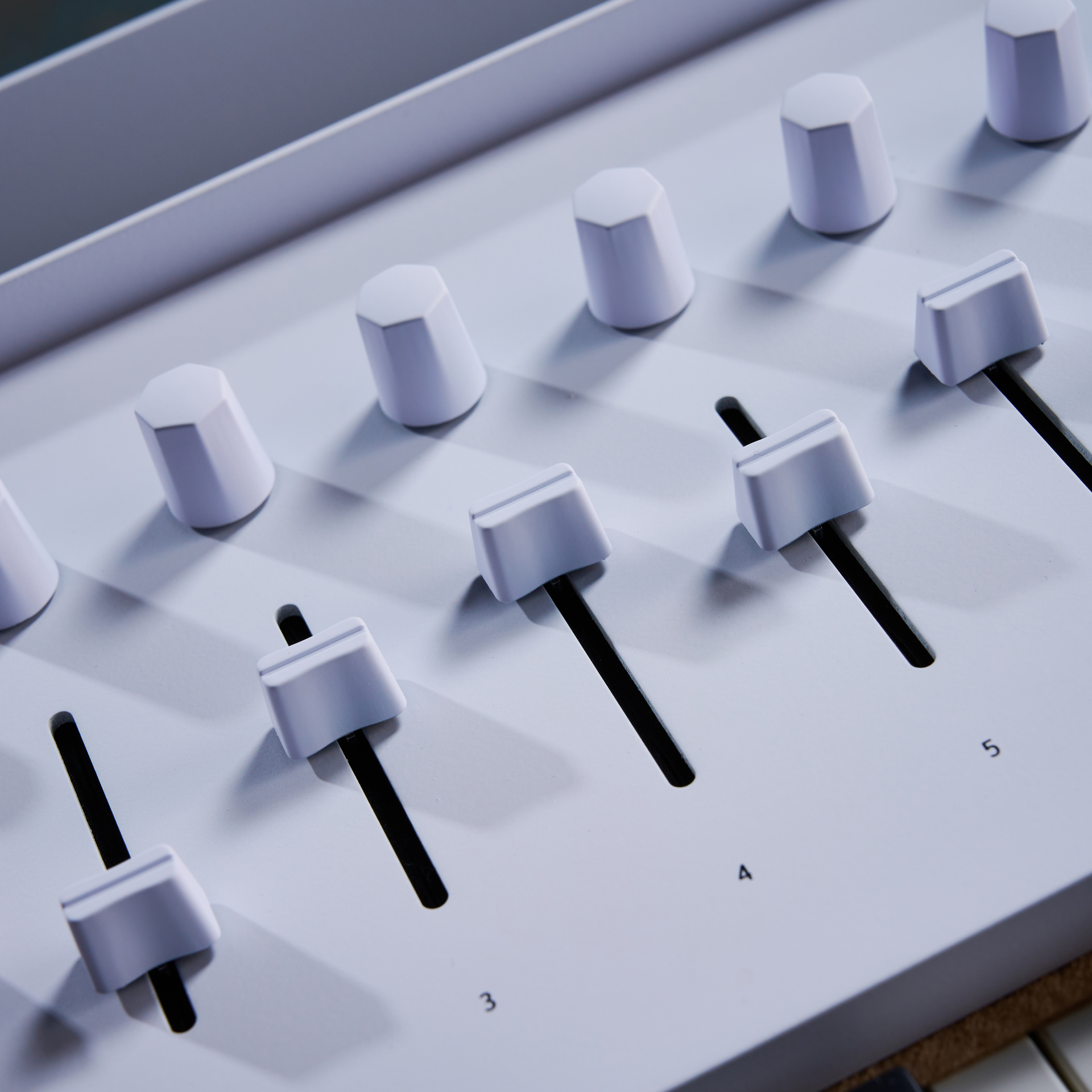
Verdict
Keylab 88 Mk3 may not be a groundbreaking product, but Arturia’s continued drive to streamline DAW integration both with their own Analog Lab software and with onboard DAW instruments, coupled with the latest version of Fatar’s reliable hammer action keybed makes for a fantastic combination. Meanwhile further features such as the laptop stand and optional legs will appeal to many users. Top marks.
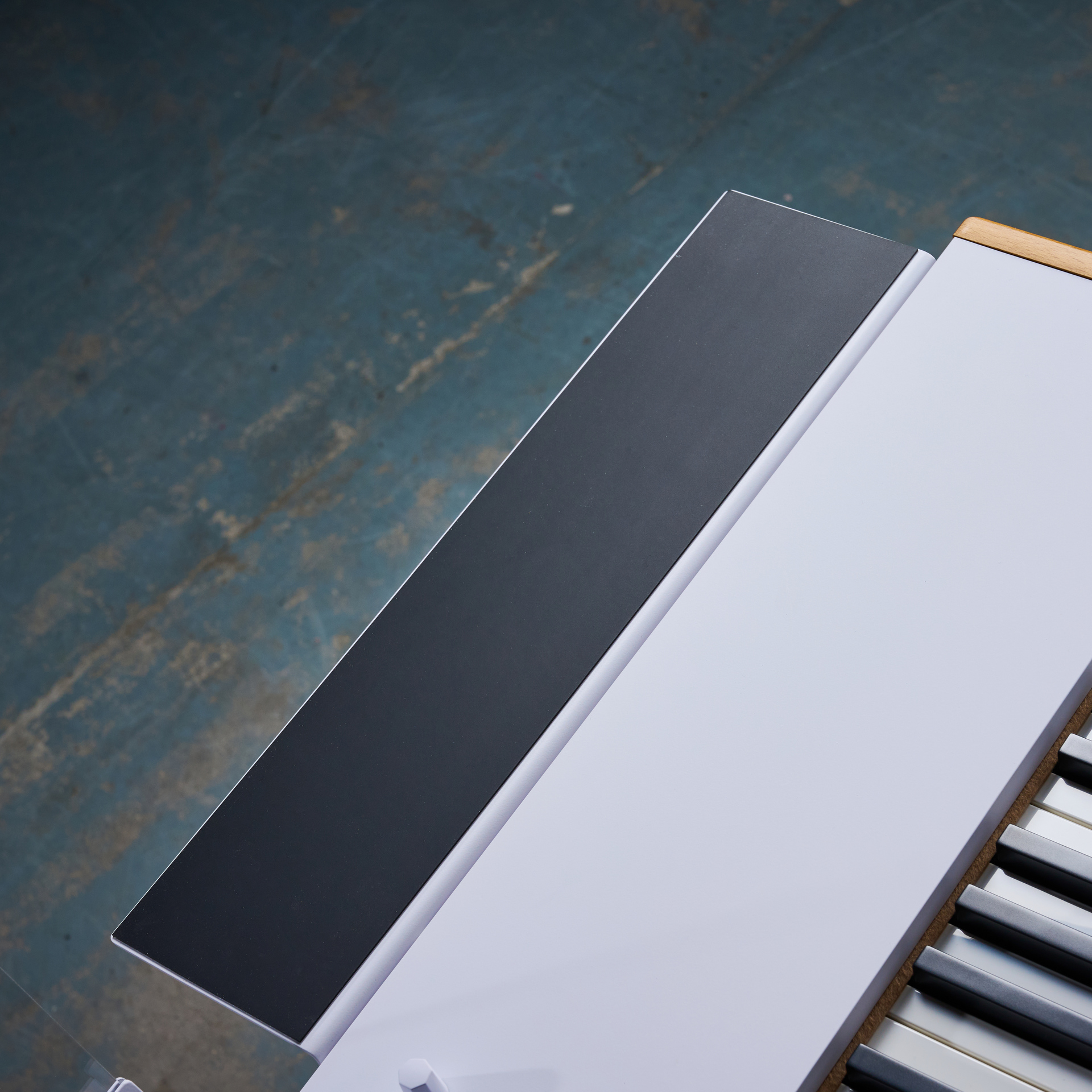
Hands-on demos
Arturia
Alternatives
Studiologic’s own TP/110 powered controller is a simpler but surprisingly affordable option.
Read more about Studiologic SL88 Mk2
For integration with Native Instruments software it’s hard to beat their own Fatar based piano action keyboard.
Read more about Native Instruments S88 Mk3
Specifications
Key features | 88 note fully-weighted piano action Fatar TP/110 keybed with velocity and aftertouch 12 touch and pressure sensitive RGB pads 1 main clickable encoder 12 DAW controls – transport and command buttons Touch sensitive assignable encoders and faders (9 of each) 3.5” TFT full colour screen USB or 12V powered, PSU not included MIDI in/out 4 pedal inputs – sustain, expression, auxiliary 1 and auxiliary 2 Pitch bend and mod wheels Chord, scale, hold and arpeggiator play modes DAW scripts for Ableton Live, Bitwig Studio, Cubase, FL Studio and Logic Pro Mackie Control / HUI compatible Software bundle including Bundled Arturia plugins - Analog Lab Pro, Mini V, Augmented Strings, Piano V, Rev Plate 140 - plus Live Lite, Melodics and Loopcloud subs. Included accessories: sheet music stand and laptop plate |
Dimensions | 113(h) x 1295(w) x 323(d) mm |
Weight | 15.7kg |
Contact |
Jon is a London based platinum award winning mixer, producer, composer and club remixer with a diverse CV that spans dance, pop, rock and music for media. He’s also a long term contributor to MusicRadar's music technology tutorials and reviews. Whether working alone or collaborating he usually handles final mixdowns, so you’ll also find MusicRadar peppered with his handy mixing tips.
You must confirm your public display name before commenting
Please logout and then login again, you will then be prompted to enter your display name.
“I have an original 909 – every time I try to use it I feel like I’m ruining it”: House hero Riva Starr on his studio essentials and his love of analogue synths
“A synthesizer that is both easy to use and fun to play whilst maintaining a decent degree of programming depth and flexibility”: PWM Mantis review
“I feel like that song had everything we needed to come back with”: Bring Me The Horizon’s Lee Malia on Shadow Moses, its riff and the secrets behind its tone, and why it was the right anthem at the right time
